
All things considered, the Samsung Galaxy S6 edge turned out pretty well for the Korean gadget giant, especially after the lukewarm reception of the Samsung Galaxy Note Edge (the edge that started it all). The Note Edge was cool, but it was considered somewhat like a strange new animal, people didn’t know what to do with it. But when the Samsung Galaxy S6 rolled in, all things pointed to a general acceptance – what with Samsung rumored to have had trouble supplying demand for the gadget. But here comes the second generation edge upgrade in the Samsung Galaxy S7 edge. Generally, the Samsung “edge” models were more expensive than the vanilla ones, so would you fork out cash for an upgrade now? And what will you be getting if you do upgrade compared to your still competent and nice Galaxy S6 edge?
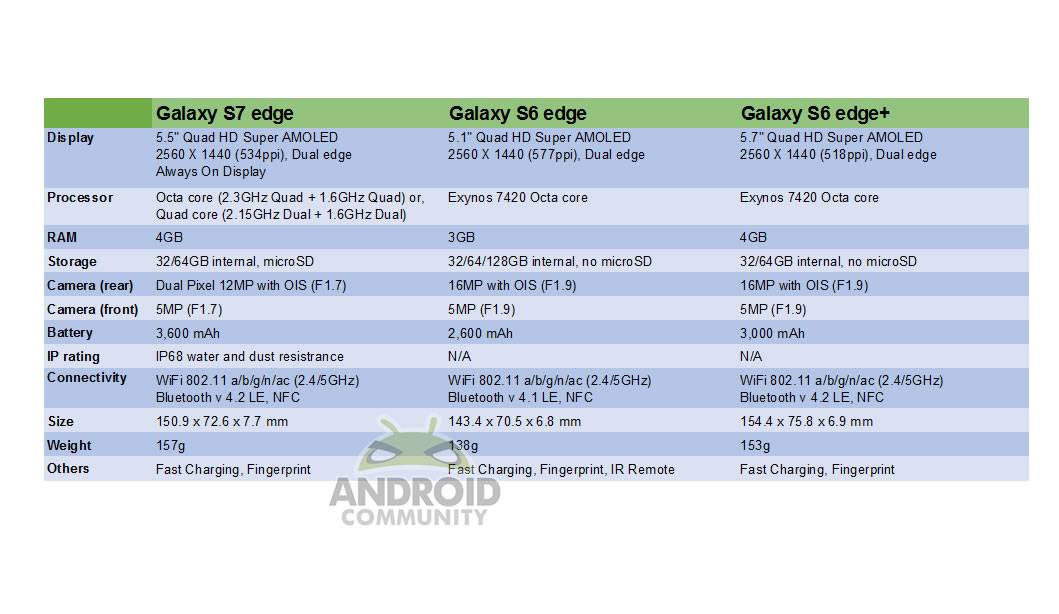
Display
Right up front, you will notice an upgrade. It looks like Samsung went for the middle ground between the Samsung Galaxy S6 edge (5.1-inch display) and the Galaxy S6 egde+ (5.7-inch display). Now we’re getting the Samsung Galaxy S7 edge at 5.5 inches QHD (2560×1440) resolution. The handset looks bigger than its predecessor, and it feels and handles bigger as well. That may be a selling point for those of you looking at the newer edge.
The real difference is in the usage of the “edge” displays. For the Galaxy S6 edge, Samsung created some features for the dual curved displays on the side, and most people agreed that they felt like novelty features at the time. What’s new and improved is that the Galaxy S7 edge display can now make use of two side columns instead of just one – this means more information available on the edge displays. What’s better is that an API has been made available to third-party developers to create their own unique functions for Samsung’s edge panels, something sorely lacking from the S6 edge.
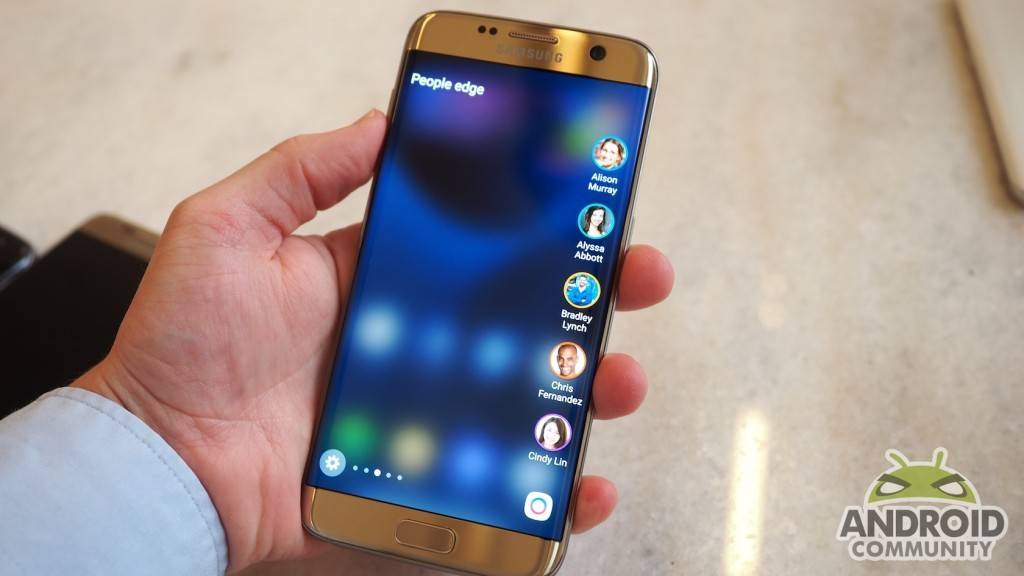
Of course, the display also has the “Always On” technology like the Galaxy S7, a feature that allows a relatively small number of pixels to remain on even when the device is asleep, displaying time, date and notifications. And yes, the Galaxy S7 edge employs an AMOLED screen, so the impact on battery life should be negligible.
Physical Design
The Samsung Galaxy S6 edge had the Samsung fans all infatuated with the revolutionary curved display. The edge displays may have been underutilized at best, but damn, that phone just looked good, didn’t it? This maybe the reason why Samsung reportedly ran out of stocks of the gorgeous Galaxy S6 edge. The Samsung Galaxy S7 edge was not altered radically in looks from its predecessor – and that’s understandable. Given the success of the S6 edge, that wasn’t likely to happen to begin with. There are some refinements to the design, though.
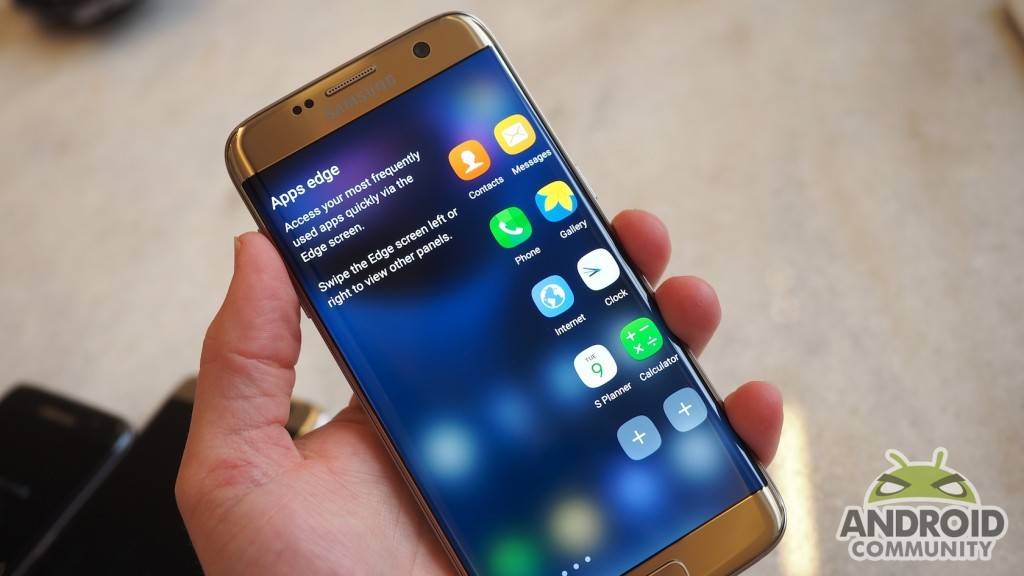
The Galaxy S7 feels a bit taller than the original – that is owed to the 5.5-inch Super AMOLED display. That may be nicer for when you are viewing videos, but it may not sit so snug inside your pocket. Also, this year heralds the return of the microSD slot to the Samsung flagships. The IR blaster has been discarded from the Galaxy S6 edge, on the Galaxy S7 that area now belongs to the nano SIM and microSD card slot.
If there’s one thing that the bigger design does, the Galaxy S7 edge benefits a lot by having a much better battery. The Galaxy S6 edge suffered from having a middling battery at 2,600mAh. That is increased remarkably to a 3,600mAh battery in the S7 edge.
Performance and Hardware
The S7 edge will also benefit a lot from Samsung’s recent making up with Qualcomm. We won’t have any solid numbers to back this up, so you will just have to wait for the benchmarks which will be coming soon. For now, suffice it to say that the Galaxy S7 edge will be running either a Snapdragon 820 processor or an Exynos 8890 processor.
Samsung says that either way, it will average to around a 30 percent increase in performance and speed from the Exynos 7420 octa-core processor that was within the Samsung Galaxy S6 edge last year. Remember that the Korean giant bailed on the Snapdragon 810 which was then plagued with overheating issues. The Galaxy S7 edge will feature 4GBs of super speedy LPDDR4 RAM, which will mean that the Galaxy S7 edge is certain to perform better than the S6 edge.
Again, a word of caution. The difference in performance is unlikely to be noticeable between the two phones. The Galaxy S6 edge was hailed as one of the best performing smartphones last year, and it is unlikely that that users will feel the difference between these two smartphones during daily use.
Camera
The Samsung Galaxy S6 edge had one of the best performing cameras around, and that is likely to be improved on by the Galaxy S7 edge. On show is Samsung’s “Dual Pixel” technology, which means that for every pixel in an image, there are two light-sensitive photodiodes working together. The result is faster focus speed, around four times faster in low-light conditions than on the S6 edge.
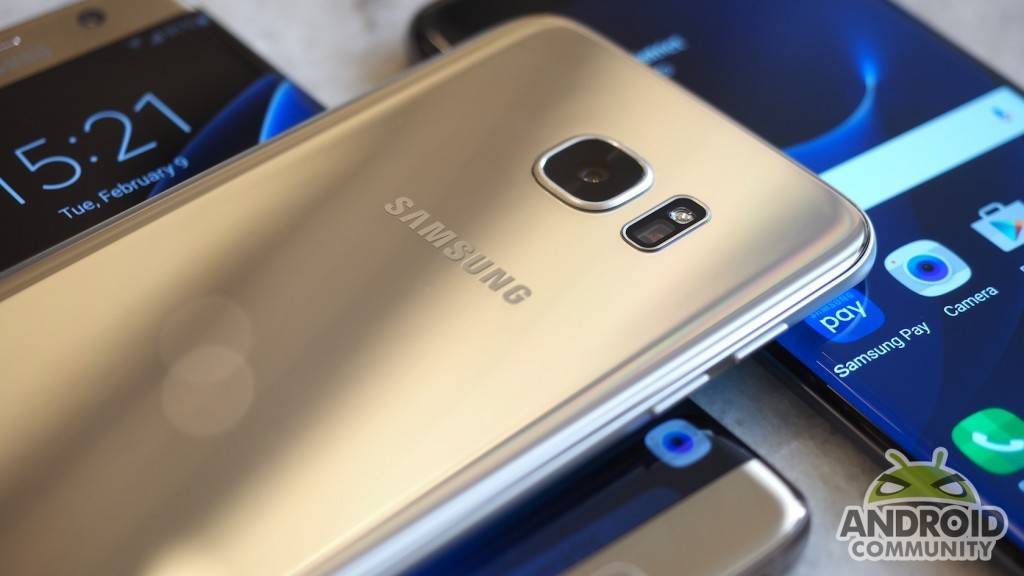
You can argue that the S7 edge has lower pixel count (12MP) compared to the 16MP on the S6 edge. But Samsung is bullish that its new pixel technology, combined with a bigger lens aperture (f/1.7 from the S6 edge’s f/1.9) will result in much better pictures.
Software
There has been no major change in the S6 edge+ and Galaxy Note 5 software running on Android Marshmallow – which we think will be more or less the same in the Samsung Galaxy S7 edge. Some tweaks have been made in the software, particularly in the aforementioned “edge” displays. Some of the less-used features have been taken out, others improved, and there are some new additions.
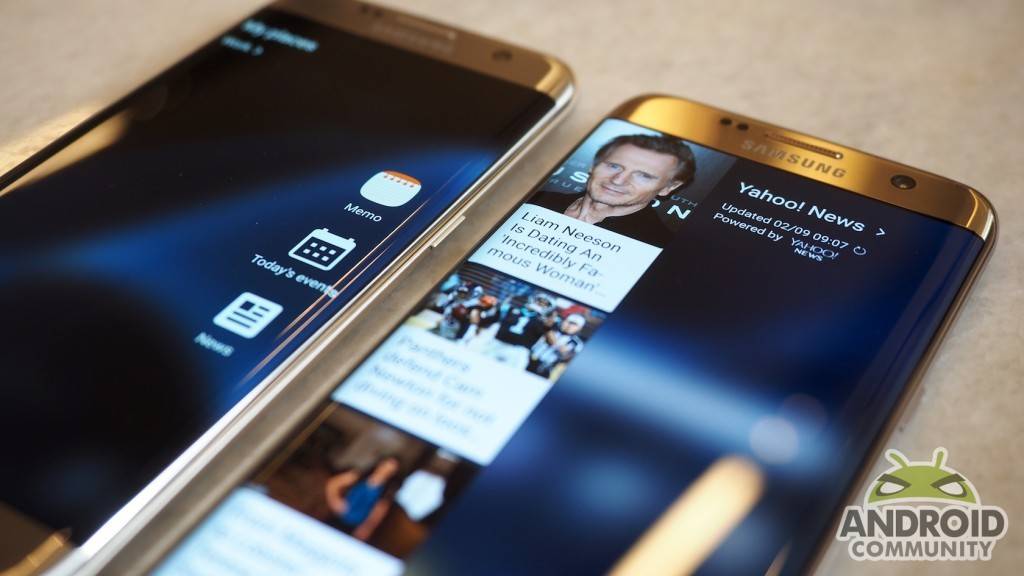
The highlight of these, of course, is the new API for the dual edge displays being made available to third-party developers. This means we probably will have apps making use of those displays soon enough. Once the Galaxy S6 edge gets a Marshmallow (promised by Samsung in Q1 of 2016), we suspect both phones will be pretty much close, apart from the API.
Other features, pricing, conclusion

This feels like a real upgrade to us – from the Samsung Galaxy S6 edge to the Galaxy S7 edge. Owe it to the bigger display, bigger feel, and the potential of more usage of the dual edge displays. Even the wonderful S6 edge camera has gotten an upgrade. There’s also the fact that the newer S7 edge is IP68-certified for water and dust resistance. The question really is now, are you willing to spend around USD$780 for it?









